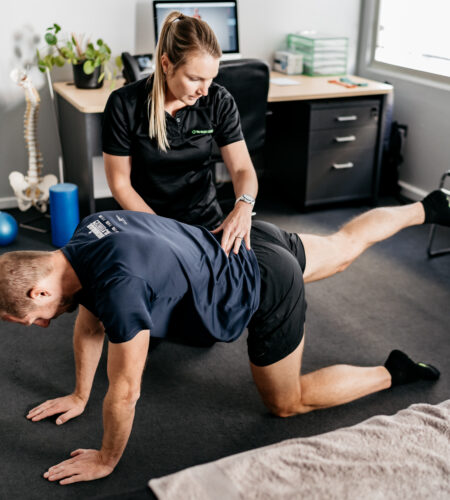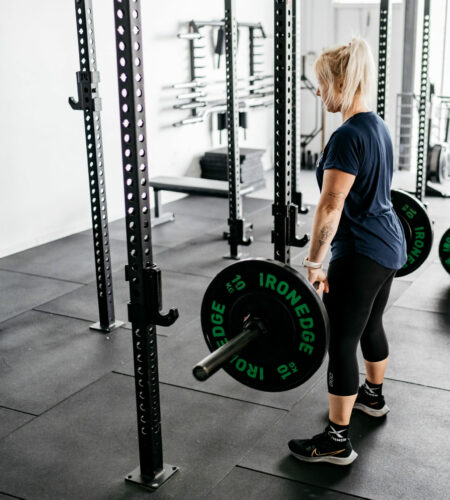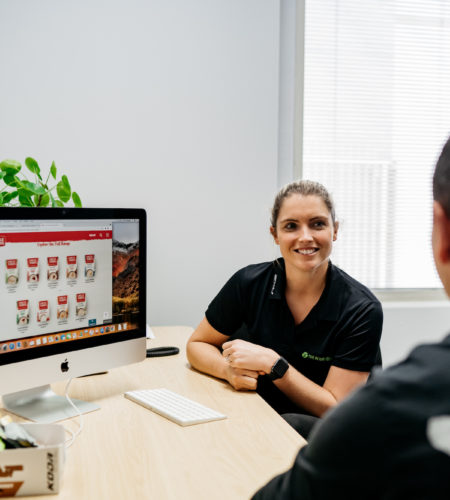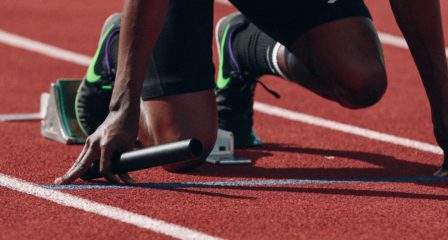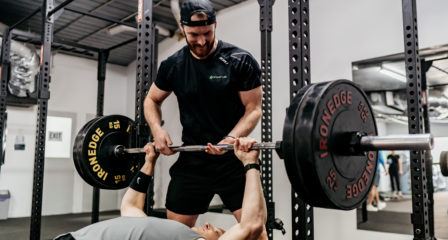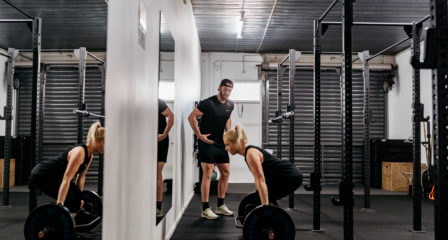
VALD TESTING GEELONG
WHAT IS VALD FORCE PLATE TESTING?
Force Plates are large platforms that measure the forces of which we put into the ground when we perform a specific movement or exercise.
We all remember physics class at school – where we learnt that ‘every reaction produces an equal and opposite reaction’. These Force Plates give us instant feedback on these reactions, which provide us with incredibly valuable information that can be used to design strength programs that address deficits and work towards improvements.
WHY DO WE DO IT?
Testing is important! The extensive data that we can gather through the use of this technology allows us to tailor both rehab, and performance based programs to individual needs on a greater level.
We are able to constantly learn about individual responses to programming to ensure that progressions and modifications are made appropriately and with measurable results.
The visual feedback and ability to put a number on strength levels or asymmetries left versus right will also give clients a better understanding of where improvements may be needed, as well as what they do well. With testing performed at regular intervals, Strength Coaches at The Injury Clinic are held accountable to ensuring positive results.

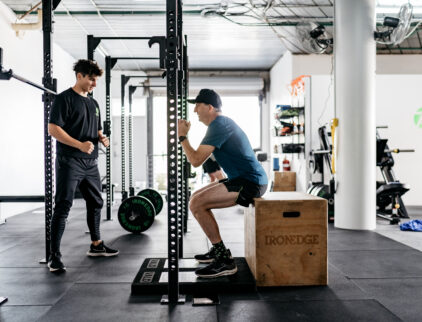

COMMON FORCE PLATE TESTS
Isometric Mid Thigh Pull – Single or Double Leg
Why it’s done:
Assessment of maximal strength capacity, and our ability to produce this force quickly. This is important not only in endeavours to perform better in sport, but also reducing the risk of falls and injury as we age.
What information it gives us:
Peak force (N) is often displayed in Newtons and describes the maximum amount of force exerted from the body through a single movement. Peak vertical force is the maximum force applied in the vertical direction.
% Peak Force Asymmetry will provide insight into any deficits in strength from one limb to another.
Impulse (n/s) is the measure of force over time and how we create momentum. A greater impulse means we can apply force at a quicker rate, resulting in improvements in tasks such as block starts, jumping for rebounds etc.
% Impulse Asymmetry will provide insight into any deficits in our ability to apply force quickly from one limb to another.
Why is this information useful?
This information will provide great insight into our strength progression through programming, and also retesting for asymmetry within rehabilitation.
Counter Movement Jump
Why it’s done:
Assessing our ability to express strength in an explosive manner, while assessing how we perform a landing component.
What information it gives us:
Concentric Impulse and Eccentric Deceleration Impulse (n/s) allow us to look at the force applied in both the take off and landing in the time performed. This also provides insight into limb asymmetry with ‘power production’, with Peak Landing Force Asymmetry % uncovering any bias due to strength or postoperative factors.
Jump height (cm) describes the maximum vertical height of a movement involving air time that the body reaches.
Peak Power (W/kg) then allows our data to be made relative to body weight (and can compare to others).
Why is this information useful?
This test provides information for both – improvements in jumping performance and lower body power, and also how we are coordinating limbs with jumping and landing tasks which may be a big focus when returning from injury.
Hop Test / Drop Jump
Why it’s done:
Performed as a means for measuring our low limb ‘stiffness’ which can play a big role in improving our running efficiency and jump performance.
What information it gives us:
Ground Contact Time is an important metric when aiming to improve the efficiency of each step we take.
RSI or Reactive Strength Index (m/s) is a measurement of reactive jump capacity or ankle ‘stiffness’ and often displays how athlete’s handle plyometric exercises. This is displayed as the ratio between the jump height and the contact time.
Why is this information useful?
This information allows us to assess improvements or lagging components of our lower limb stiffness. Lower limb stiffness is referring to our ‘elastic and springy’ qualities that ultimately improve running and jumping efficiency, while also aiming to reduce injury risk by decreasing ground contact times.
Push Up Test
Why it’s done:
To assess upper body strength in sporting, general, and injured populations.
What information it gives us:
Concentric Impulse and Eccentric Deceleration Impulse (n/s) allow us to look at the force applied in both the take off and landing in the time performed. This also provides insight into limb asymmetry with ‘power production’.
Peak force (N) is the maximum amount of force exerted from the body through a single movement.
% Peak Force Asymmetry will provide insight into any deficits in strength from one limb to another.
Peak Power (W/kg) then allows our data to be made relative to body weight (and can compare to others).
Why is this information useful?
This information will be used to assess global upper body strength for general strength improvements, performance, and assisting in guiding return to play.
I – T – Y
Why it’s done:
Assessing shoulder strength through 3 common positions for overhead athletes and shoulder rehabilitation.
What information it gives us:
Peak force (N) is the maximum amount of force exerted from the body through a single movement.
% Peak Force Asymmetry will provide insight into any deficits in strength from one limb to another.
Impulse (n/s) is the measure of force over time and how we create momentum. A greater impulse means we can apply force at a quicker rate, resulting in improvements in tasks such as bowling, swimming, or serving a tennis ball.
Why is this information useful?
This information can assist in guiding return to play – and also assess upper body strength for performance in our sport.
Schedule your next visit
If you’re interested in booking an appointment with one of our team members, contact our clinic today and we’ll be happy to find time for a consultation.
Schedule Consult